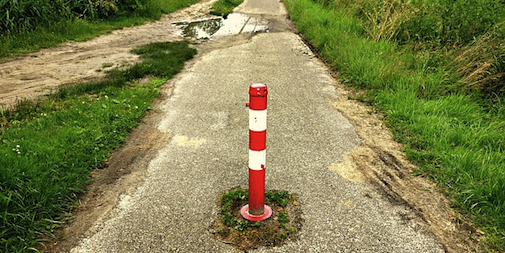
Community health care programs in the UK are becoming increasingly aware of the need for a holistic approach to health and wellbeing. While stories of the short- to medium-term successes of holistic intervention programs abound, the long-term impact of health care projects and policies can only be known years from now. Or, can it?
What if it was possible to identify a single environmental exposure that accurately predicts long-term health outcomes? In the mid 90’s, an American research study conducted by the Centre for Disease Control and Prevention and Kaiser Permanente had done just that, identifying childhood trauma as a significant culprit in chronic mental and physical illness.
Childhood trauma: The factor that accurately predicts chronic disease and mortality
The ground-breaking Adverse Childhood Experience (ACE) study was first conducted from 1995 to 1997 as a collaboration between the CDC and Kaiser Permanente (a private health insurance organisation) in San Diego, the USA. The aim of the study was to examine the link between childhood trauma and the likelihood of developing medical conditions as an adult.
The research involved 17,000 Health Maintenance Organization patients who volunteered extensive information about their childhood experiences relating to neglect, family dysfunction, and abuse. The results were startling. Candidates who had experienced severe adverse circumstances during childhood had a dramatically higher risk for seven out of ten of the leading causes of death.
Even when controlling for candidates who practised high-risk coping mechanisms (smoking, drinking, and overeating), the risk profile remained consistent. Across the board, subjects who had been exposed to a high level of childhood trauma had a 360% increase in risk for heart disease and a 20-year reduction in life expectancy.
ACE research for your community
The Adverse Childhood Experiences Study measures ten types of childhood trauma, and a shortened-version of the ACE survey is available online. Five of the types of trauma are personal: physical abuse, verbal abuse, sexual abuse, physical neglect, and emotional neglect. The remaining five relate to family members (an alcoholic parent, domestic violence of a mother, an incarcerated family member, mental illness in the family, and the absence of a parent due to divorce, death or abandonment).
Each type of trauma an individual had experienced (before the age of 18) adds a point to the person’s overall ACE score. The higher an individual’s final score, the higher their risk of adult onset diseases.
According to the original ACE study, a score of four is high enough to increase the likelihood of developing a chronic pulmonary lung disease by 390 per cent, hepatitis, 240 per cent, depression 460 per cent, and suicide, 1,220 per cent.
Lifetime health risks associated with ACEs
Other adult onset diseases directly linked with a high ACE score include,
- alcoholism
- drug abuse
- attempted suicide
- smoking
- poor self-evaluation of health
- sexual promiscuity and transmitted disease
- severe obesity
- ischemic heart disease
- cancer
- chronic lung disease
- skeletal fractures
- liver disease
- stroke
- diabetes
- autoimmune disease (such as lupus and multiple sclerosis)
- chronic fatigue syndrome
- peptic ulcers
The prevalence of childhood trauma and related health risks
The initial research results which were published in 1998 showed that childhood trauma was not only common in inner-city scenarios with high unemployment rates. In fact, the study’s participants were 17,000 mostly middle and upper-middle class residents of San Diego, college-educated, with good jobs and great health care (they all belonged to the Kaiser Permanente health maintenance organisation).
In the UK, the Centre for Public Health ran the first ACE study in 2012 which confirmed the strong link between an individual’s ACE score and adverse behaviour, and health and social outcomes in later life. A national ACE study undertaken in England in 2013, found that almost half of the general population had an ACE score of at least one, with over 8% tallying up a score of four or more.
Addressing ACE in community health care programs and policies
Despite the invaluable insights gained from the ACE research, health programs and policies are still to apply the key learnings. In most communities, health care is still practised in silos. Medical doctors are not trained in routine screening or treatment of childhood trauma. Instead, they are taught to diagnose patients with either a physical health problem, and treat it as such, or a social or mental problem, and refer the patient to an alternative service.
The key takeaway from the ACE research is that it is possible to identify those who are at high risk to develop health and wellbeing problems, already in childhood. This gives us a head start of decades for implementing early-intervention programs. Isn’t it time we rethink our community health care programs and policies accordingly?
To learn more about how to address the issue in your community, download our ebook on the powerful effect of early intervention for improving the mental & physical health outcomes of a community.
Ready to join the movement to improving the health and wellbeing of communities nationwide, join the Bridge Partner Network, the Bridge Commissioners Network or make a donation to the cause on our website.


